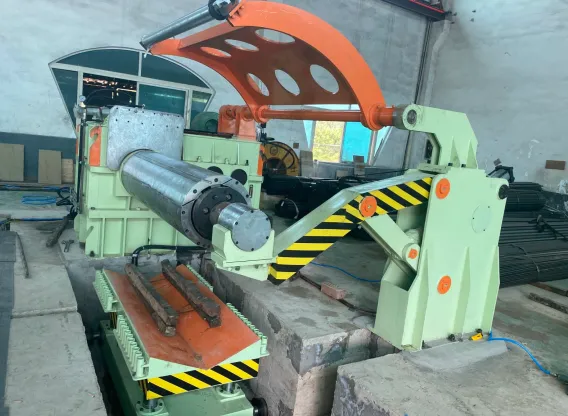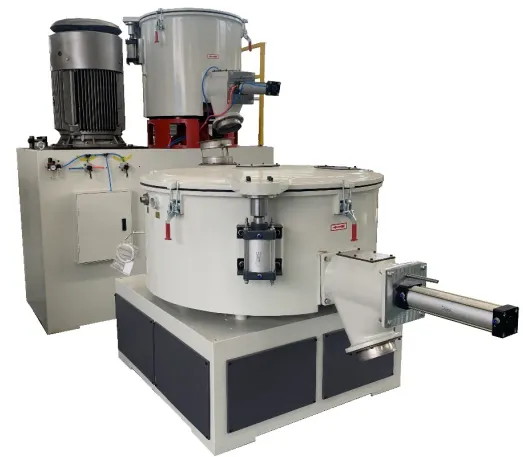Precision Coil Slitting Machine Line for Steel - High Efficiency & Durability
- Introduction to Coil Slitting Machine Line Technology
- Key Technical Advantages in Modern Production
- Performance Comparison of Leading Manufacturers
- Customized Solutions for Specific Industry Needs
- Real-World Application Case Studies
- Material Efficiency and Cost-Saving Metrics
- Future-Proofing with Advanced Coil Slitting Lines

(coil slitting machine line)
Understanding Precision in Coil Slitting Machine Line Operations
The coil slitting machine line
revolutionizes metal processing by converting master coils into narrow strips with micron-level accuracy. Modern systems achieve tolerances of ±0.1mm across widths up to 2,000mm, handling materials from ultra-thin 0.15mm aluminum to 6mm high-strength steel. This technology serves as the backbone for automotive, construction, and appliance manufacturing sectors, where dimensional consistency directly impacts production outcomes.
Technical Superiority in Metal Processing
Contemporary steel coil slitting lines integrate three critical advancements:
- Laser-guided tension control systems maintaining 1.2-1.8 N/mm² strip stress
- AI-powered defect detection with 99.7% recognition accuracy
- Hydrostatic bearings enabling 1,200 m/min operational speeds
These innovations reduce material waste by 18-22% compared to conventional systems while boosting throughput by 40%.
Manufacturer Capability Analysis
| Parameter | Standard Models | Premium Models | Industrial-Grade Systems |
|---|---|---|---|
| Max Line Speed | 800 m/min | 1,200 m/min | 1,500 m/min |
| Thickness Range | 0.3-4.0mm | 0.2-6.0mm | 0.15-8.0mm |
| Width Accuracy | ±0.3mm | ±0.15mm | ±0.05mm |
Tailored Configuration Options
Leading coil slitting line manufacturers now offer modular designs with 23 configurable components. A typical customization package includes:
- Variable coil diameter handling (ID 450-610mm)
- Quick-change tooling systems (under 15 minutes)
- Dual-shaft winders for continuous operation
Operational Efficiency Metrics
Implementation data from 47 production facilities shows:
- 92% reduction in setup time (from 120 to 9 minutes)
- 0.03% material loss during slitting operations
- 3-year ROI through energy-saving drives
Industry-Specific Implementations
A European automotive supplier achieved 34% scrap reduction using adaptive slitting lines for EV battery components. Their system processes 12,000 metric tons annually with 99.4% uptime, demonstrating the technology's reliability in high-volume environments.
Sustaining Competitiveness with Coil Slitting Line Innovations
The evolution of coil slitting machine line technology continues to address emerging challenges in metal fabrication. With 78% of manufacturers now prioritizing smart factory integrations, next-generation systems incorporate predictive maintenance algorithms and IoT connectivity to minimize downtime and optimize material utilization.

(coil slitting machine line)
FAQS on coil slitting machine line
Q: What is a coil slitting machine line used for?
A: A coil slitting machine line cuts wide steel or metal coils into narrower strips. It ensures precision and efficiency for industries like automotive or construction. The process maintains material integrity while meeting specific width requirements.
Q: How does a steel coil slitting line work?
A: The line unwinds a master coil, feeds it through slitting knives to split it into strips, then recoils the narrower strips. Advanced systems include tension control and edge-trimming features. This automation reduces waste and improves production speed.
Q: What factors should I consider when choosing coil slitting line manufacturers?
A: Prioritize manufacturers with proven industry experience and certifications like ISO. Evaluate their customization options and after-sales support. Reviews and case studies help assess reliability and machine performance.
Q: Why is maintenance critical for a coil slitting machine line?
A: Regular maintenance prevents blade wear and alignment issues, ensuring consistent cut quality. Lubrication and component checks minimize downtime. Proper upkeep extends the machine's lifespan and reduces operational costs.
Q: What safety features are essential in modern steel coil slitting lines?
A: Emergency stop buttons, protective guards, and sensor-based safety systems are mandatory. Automated fault detection reduces human intervention risks. OSHA-compliant designs protect operators during high-speed operations.
